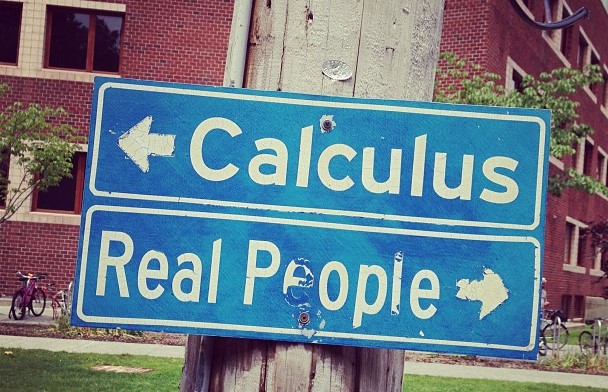
Members of MIT’s School Effectiveness and Inequality Initiative (SEII) set out to determine not only if a flipped classroom enhances learning, but also whether it had any effect on achievement gap. Through a randomized trial, the team looked at the flipped classroom, that is, students viewing videos of a lecture at home and then using classroom time to work on exercises with the instructor.
In short, the team found no long term average effects on student learning, but found that it did have an effect on achievement gap – the gap widening. They warn to exercise caution when thinking about implementing a flipped classroom model due to inconsistent gains and the widening achievement gap.
The experiment, conducted with students at West Point, used two separate courses to evaluate (Introduction to Calculus and Principals of Economics) the effects of the flipped classroom. These two courses were chosen for their ideal requirement of extensive problem solving as well as already created standard curriculum and exams, and high enrollment due to both courses being part of West Point’s mandatory core-curriculum.
Interestingly, the study found a slight short term effect on scores for the math course (0.3 standard deviation above the mean quiz scores for non-flipped) but no effect in the economics course. The findings also suggest that flipped classrooms may have stronger gains, but these gains would be dependent on several factors including: student characteristics, the teacher’s motivation to and appreciation for using a flipped classroom model, and student’s interest in attending flipped classes.
Their study also suggests that while new models and educational technology might seem ideal for greater educational effectiveness, gains weren’t dramatic enough to suggest scaling flipped classrooms further. For more details, you can access the discussion paper here.